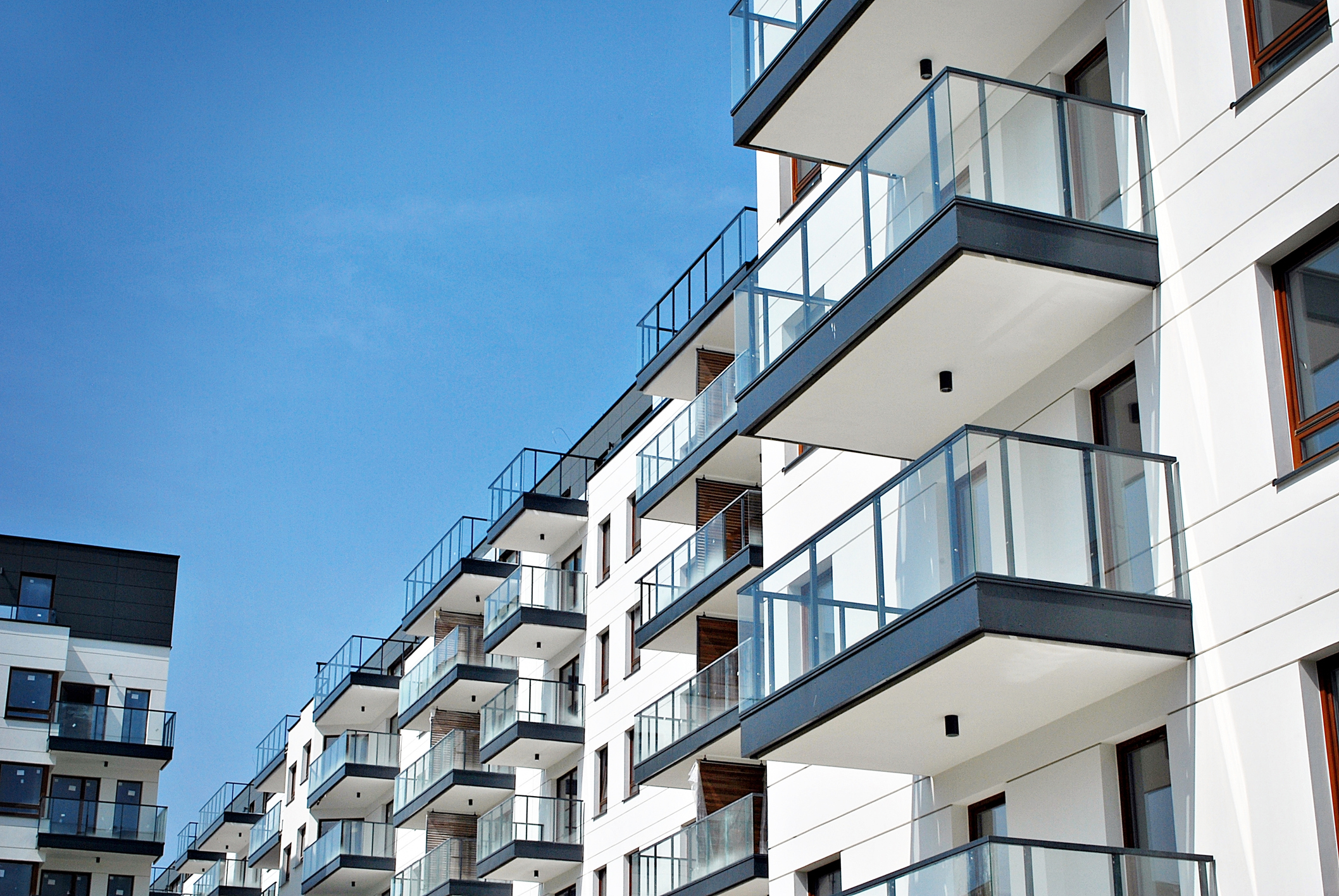There are a variety of steps and activities that need to be considered and executed once a thorough review of a balcony has been completed. The information collected by an engineering consultant needs to be shared with the proper stakeholders and a strategy should be created that includes everything from repair and product selection, as well as ongoing maintenance and management. In addition, the consultant will usually be retained to create a specification, tender the project, provide reviews during construction and will be leaned upon to provide engineered stamped drawings so that the proper municipal permit documentation can be obtained.
Repair & Renovation
Concrete balcony repairs are conducted via swing stages or scaffolding. Performing repairs via a swing stage is more cost-effective; however, this method has been proven to be a slower process and is very dependent upon the weather and especially wind conditions. Using scaffolding for repair is more expensive but is a far quicker method, not dependent on most weather and wind conditions. Both methods can achieve the desired results.
Once repairs are underway, noise can become a concern, and tenants should be made aware that they should expect to see people working on the outside of the building and that the noise generated from the work being prepared can be immense and a huge burden to all residents of the building. Jackhammering, for example, can be very loud and can radiate throughout a building. Typically, the hours of work are from 8 a.m. to 5 p.m., Monday to Friday but can vary. Work happening on a weekend is usually negotiated well in advance. The consultant does not allow work on Sundays, and work performed on a Saturday is usually confined from 10 a.m. to 4 p.m. and is quiet and is usually subtle in nature.
Railings & Concrete
The type of railings and colour is chosen by the owners of the property. Railings need to be fabricated and are ordered after all contracts have been signed. Several weeks are required for the fabrication process.
Existing railings are removed from the site prior to the concrete repairs. Areas of concrete delaminations are determined by the consultant and contractor. Jackhammering commences in the areas outlined and verified by the engineering consultant. It is imperative to note that the concrete removal must continue until “clean steel” is found. That is, removal continues until there is no visible corrosion observed on the reinforcing steel.
The amount of concrete removal depends on the level of deterioration of the reinforcing steel within. Every site is unique regarding concrete removal. Some are confined to the balcony perimeter and others have top surface and soffit (underside) repairs. Typically, most sites have a combination of perimeter, top surface and soffit repairs.
The extent of the concrete delaminations can be severe resulting in the total removal of the balconies. In severe instances, jackhammering continues into the interior of units. This is not common but can occur after decades of neglect.
Measuring & Managing
Quantities of concrete removed during the repairs performed are quantified and recorded. The exposed steel is sandblasted to remove all corrosion. Reinforcing steel may have to be replaced, or spliced as required. All steel modifications are engineered and are recorded.
Concrete must be poured at temperatures above 4C at night for four to seven days. It must be cured 28 days before new railings and a protective coating are installed. Coatings have temperature constraints as well.
Protective coatings are recommended for the surfaces and perimeters of balconies. A five-year warranty is provided by the coating manufacturer for performance and labour. However, the warranty does not cover damage sustained by tenant’ negligence. A list of dos’ and don’ts should be provided by the consultant in advance of the coating installation. This list must be adhered to, for the warranty not to be voided.
Concrete balconies are an investment and can add flair and style to any building which in turn can increase the value of any property. As previously noted in a previous article on Concrete Balconies, balconies come with several advantages including the ability to maximize living space while connecting the interior of a home to the outdoors and they should be reviewed on an ongoing basis by a professional engineering consultant. Maintenance repairs or a major restoration must be conducted if recommended by a trained professional. Periodic reviews after restorations are recommended to ensure that the work carried out is performing as expected.
The consequences of not adhering to an engineered program are severe. Falling concrete, no matter the size can significantly injure anyone residing or walking below. Building owners and those responsible for managing properties should allocate funds accordingly to ensure that balconies are seen as both an attractive addition to their respective buildings and a safe space for tenants to enjoy.
